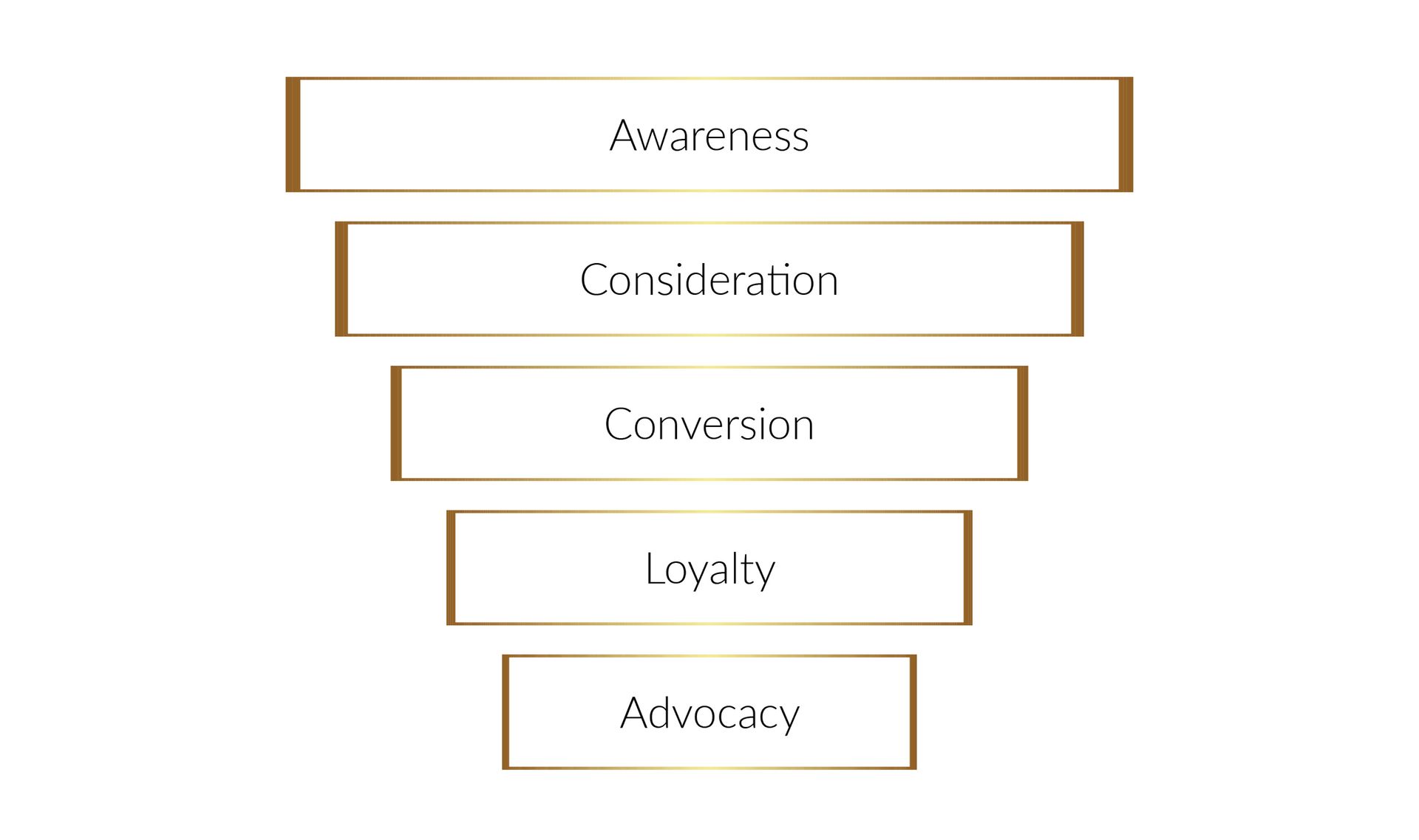Learn | Inspire
Blogs
Explore a wealth of knowledge and insights on HR topics through our diverse collection of blogs on this page. From recruitment strategies to employee engagement tips, we've got you covered with expert advice to help you navigate the ever-evolving landscape of human resources.
Most Recent Blog Posts


Artificial Intelligence (AI) refers to the simulation of human intelligence processes by machines, enabling them to perform tasks that typically require human-like reasoning, learning, and problem-solving capabilities.
Employee benefits encompass various non-wage compensations provided to employees in addition to their regular salary, including health insurance, retirement plans, paid time off, and other perks designed to enhance job satisfaction and well-being.
Careers in HR involve roles focused on managing human resources within organizations, including responsibilities such as recruitment, training and development, employee relations, compensation and benefits, HR compliance, and strategic workforce planning, offering diverse opportunities for professionals to contribute to organizational success through effective people management.
Career plans are personalized roadmaps that outline an individual's professional aspirations, goals, and steps to achieve them, encompassing skill development, education, networking, and job progression strategies, helping individuals navigate their career paths with purpose and clarity.
Employment law refers to the legal framework that governs the relationship between employers and employees, encompassing statutes, regulations, and court decisions that address issues such as wages, working conditions, discrimination, and termination rights, ensuring fair treatment and protection for both parties in the workplace.
Financial wellness and retirement refer to the state of financial stability and preparedness individuals achieve through effective management of their finances, including saving, investing, and planning for retirement, ensuring a comfortable and secure future post-employment.
Generational differences refer to variations in attitudes, values, behaviors, and communication styles observed among individuals of different age groups, such as Baby Boomers, Generation X, Millennials, and Generation Z, which can impact workplace dynamics and strategies for effective management and collaboration.
HR analytics, also known as workforce analytics or people analytics, involves the use of data analysis and statistical methods to make informed decisions about human resource management, including areas such as recruitment, employee engagement, performance management, retention, and workforce planning, ultimately aiming to improve organizational effectiveness and achieve strategic objectives.
Payroll refers to the process of calculating and distributing payments to employees for their work, including wages, salaries, bonuses, and deductions for taxes and benefits, ensuring compliance with labor laws and regulations.
Performance management is the process of setting clear goals, providing feedback, evaluating progress, and offering support and development opportunities to employees, aimed at optimizing their performance and aligning it with organizational objectives.
"Recruit & Retain" refers to the strategic process of attracting and hiring talented individuals while also implementing measures to ensure their long-term commitment and engagement within the organization, thereby contributing to its overall success and stability.
"Work-life balance" refers to the equilibrium between professional responsibilities and personal well-being, ensuring that individuals can effectively manage their time and energy to meet both work-related obligations and personal or family needs.



